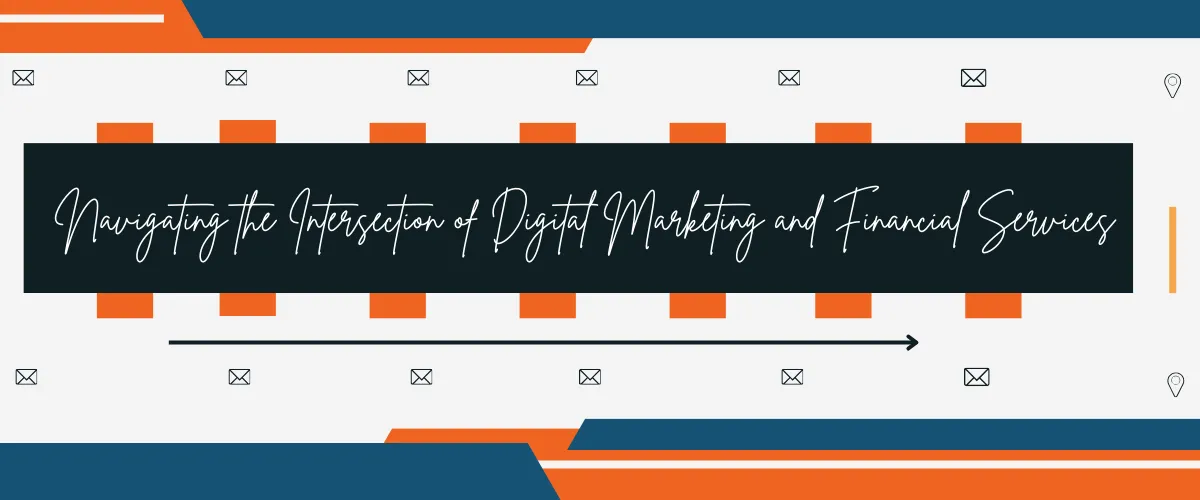
In the dynamic world of finance, where competition is fierce and consumer expectations are sky-high, leveraging digital marketing strategies has become indispensable. Financial institutions ranging from banks and insurance companies to fintech startups are harnessing the power of digital marketing to reach, engage, and retain customers more effectively. This guide explores the intersection of digital marketing and financial dealing, offering insights into how financial institutions can utilize digital marketing tactics to enhance their brand presence, drive customer acquisition, and foster loyalty.
The Digital Transformation in Finance
The financial sector has undergone a profound digital transformation, driven by technological advancements and changing consumer behaviors. Customers now expect seamless, secure, and personalized financial experiences, delivered through digital channels. Digital marketing plays a crucial role in meeting these expectations by helping financial institutions communicate their value proposition, educate customers, and build lasting relationships.
The Role of Digital Marketing in Financial Services
Digital marketing in finance is not just about attracting new customers; it’s about creating a holistic customer experience that spans across various touchpoints. This includes everything from initial awareness and consideration to conversion and ongoing engagement.
Effective Digital Marketing Tactics for Financial Institutions
Financial institutions can employ a variety of digital marketing tactics to enhance their brand presence and customer engagement. Here are some strategies that have proven particularly effective:
Content Marketing
Content marketing is a powerful tool for educating customers about financial products and services, addressing common misconceptions, and positioning your institution as a trusted authority in the field. Blog posts, white papers, and video content can serve as valuable resources for customers, while also improving your SEO and driving organic traffic to your website.
Social Media Marketing
Social media platforms offer a unique opportunity to engage with customers in a more personal and conversational manner. Platforms like Facebook, Twitter, LinkedIn, and Instagram can be used to share updates, highlight customer testimonials, and provide real-time support. Social media marketing also enables financial institutions to target specific demographics and interests, ensuring their messaging resonates with the right audience.
Email Marketing
Email marketing remains a highly effective channel for nurturing leads and retaining customers. By segmenting your audience and personalizing your messages, financial institutions can deliver highly relevant content that encourages engagement and drives conversions.
Search Engine Optimization (SEO)
Optimizing your website and content for search engines is crucial for attracting organic traffic. SEO involves researching and incorporating relevant keywords, improving site speed, and ensuring mobile-friendliness, all of which contribute to higher visibility in search results.
Pay-Per-Click (PPC) Advertising
PPC advertising, particularly on platforms like Google Ads, allows financial institutions to quickly test the effectiveness of their messaging and target specific keywords related to their products or services. This can be a cost-effective way to drive targeted traffic to your website and convert prospects into customers.
Compliance and Security in Digital Marketing
When it comes to digital marketing in finance, compliance and security are paramount. Financial institutions must adhere to strict regulations regarding advertising, data protection, and fraud prevention. Implementing robust security measures and ensuring compliance with industry standards and legal requirements is essential for protecting both the institution and its customers.
Conclusion
Digital marketing offers financial institutions a powerful means to compete in today’s digital-first economy. By leveraging a combination of content marketing, social media marketing, email marketing, SEO, and PPC advertising, financial institutions can enhance their brand presence, drive customer acquisition, and foster loyalty. However, it’s crucial to balance innovation with compliance and security to ensure that digital marketing efforts not only benefit the institution but also protect its customers. As the digital landscape continues to evolve, financial institutions that adapt and innovate will be best positioned to succeed in the competitive financial services market.

